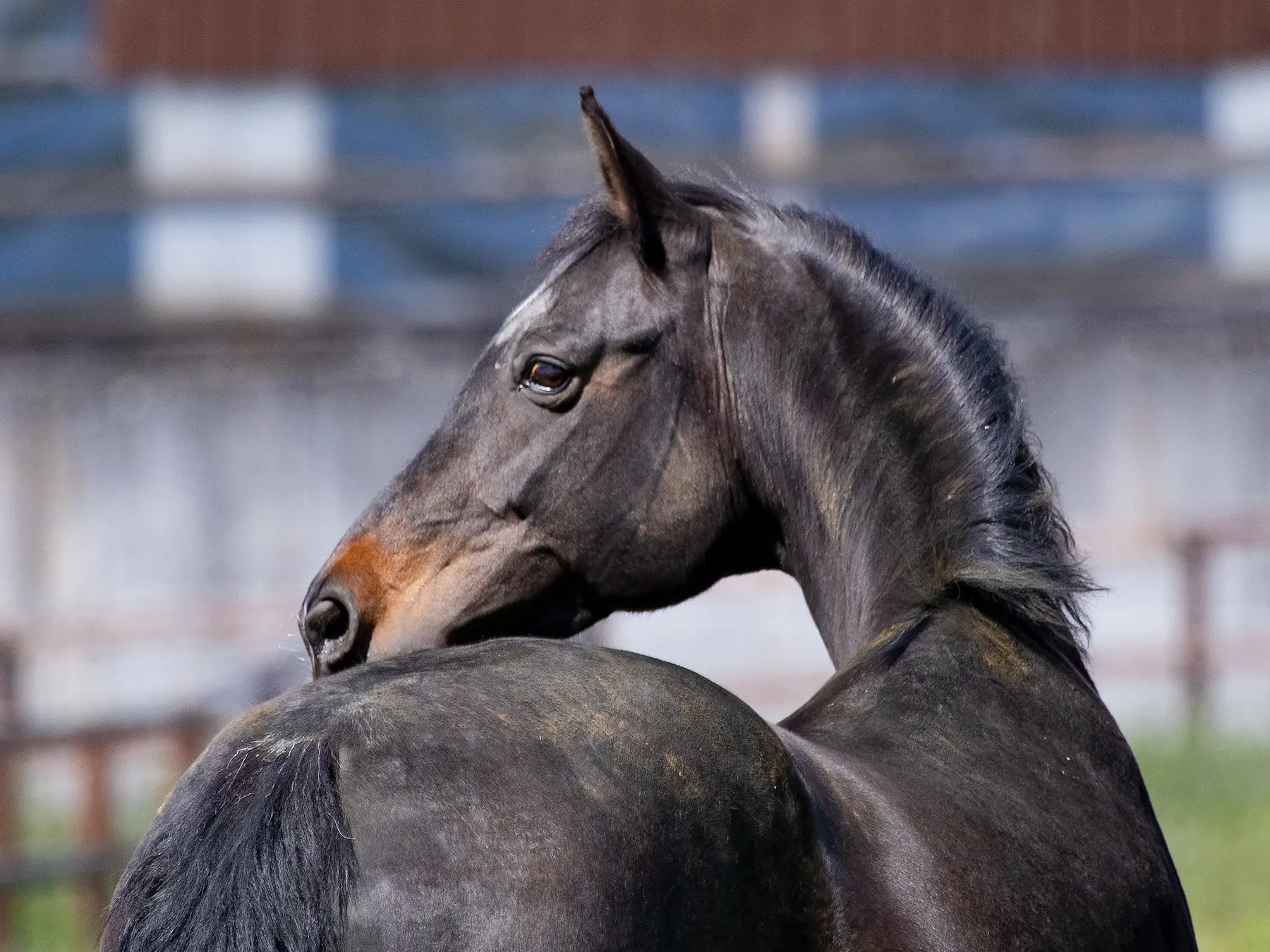
There are four base horse coat colors, black, chestnut, bay and brown. Black, bay and brown coats are caused by the agouti gene and it is the Dominant agouti allele that causes black hairs to be restricted to the points. Brown is not technically a base color, but another type of agouti expression. One that doesn’t restrict black pigment as strongly as bay.
Another Agouti
Also called black and tan, seal brown identifiers can be subtle and are often confused with dark bay, especially when there is a pangare modifier involved. While brown animals may resemble other colors, they have a specific genetic makeup, but they can can be found across most bay shades. Some registries do not consider it a different color, but a shade of bay.
Brown Comparison
While the expression of red soft spots on a brown animal can vary, they tend to look very similar to one another. Below is a couple comparisons of two animals that are similar in color, but different genetically. In both cases the brown animal is on the right.
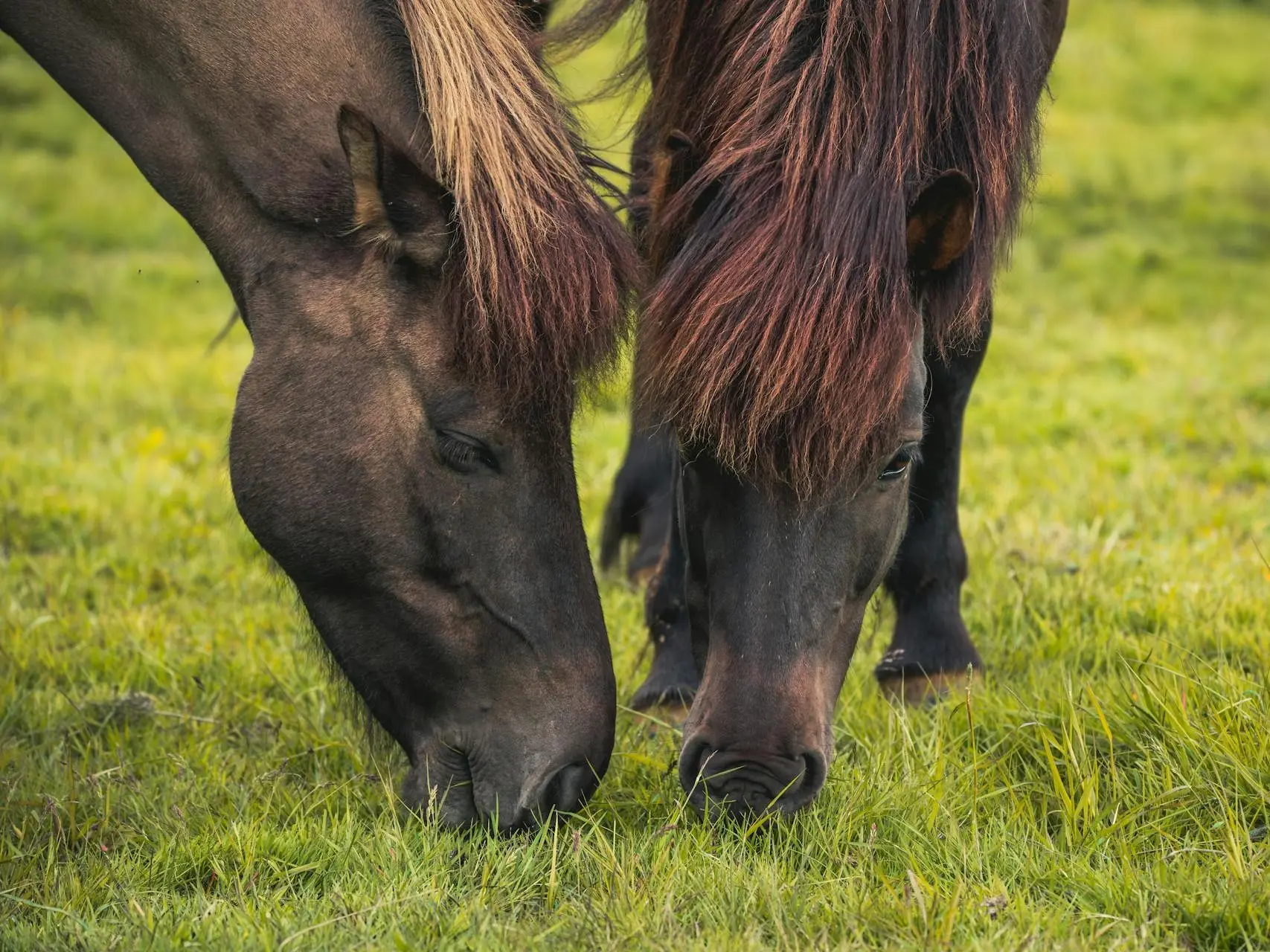
Dark Bay vs. Seal Brown
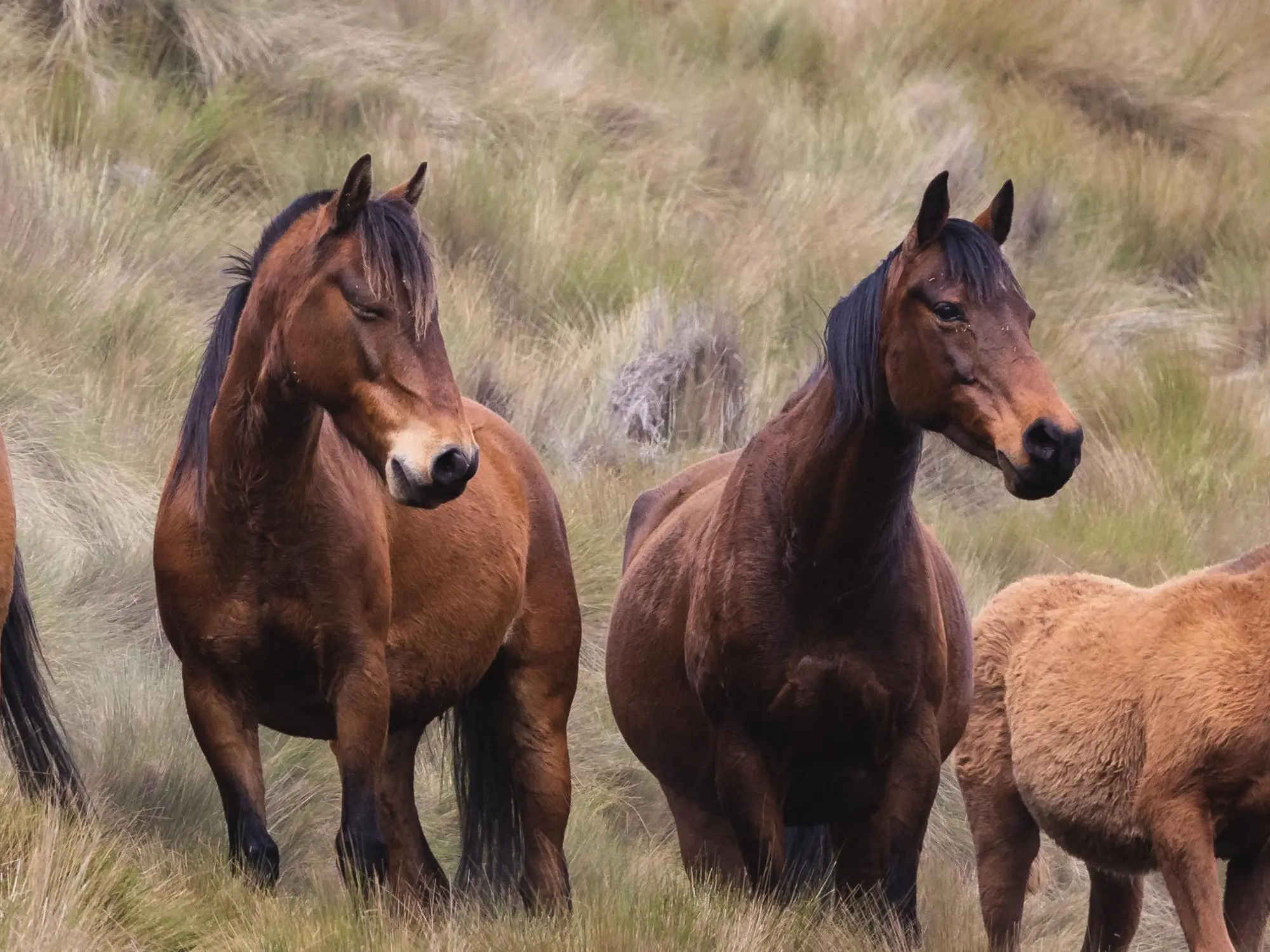
Mealy Bay vs. Seal Brown
Seal Brown Characteristics
The only physical way to visually identify a seal brown animal is the varying degrees of lighter, reddish hair found on their soft spots, including muzzle, flank, elbow and belly.
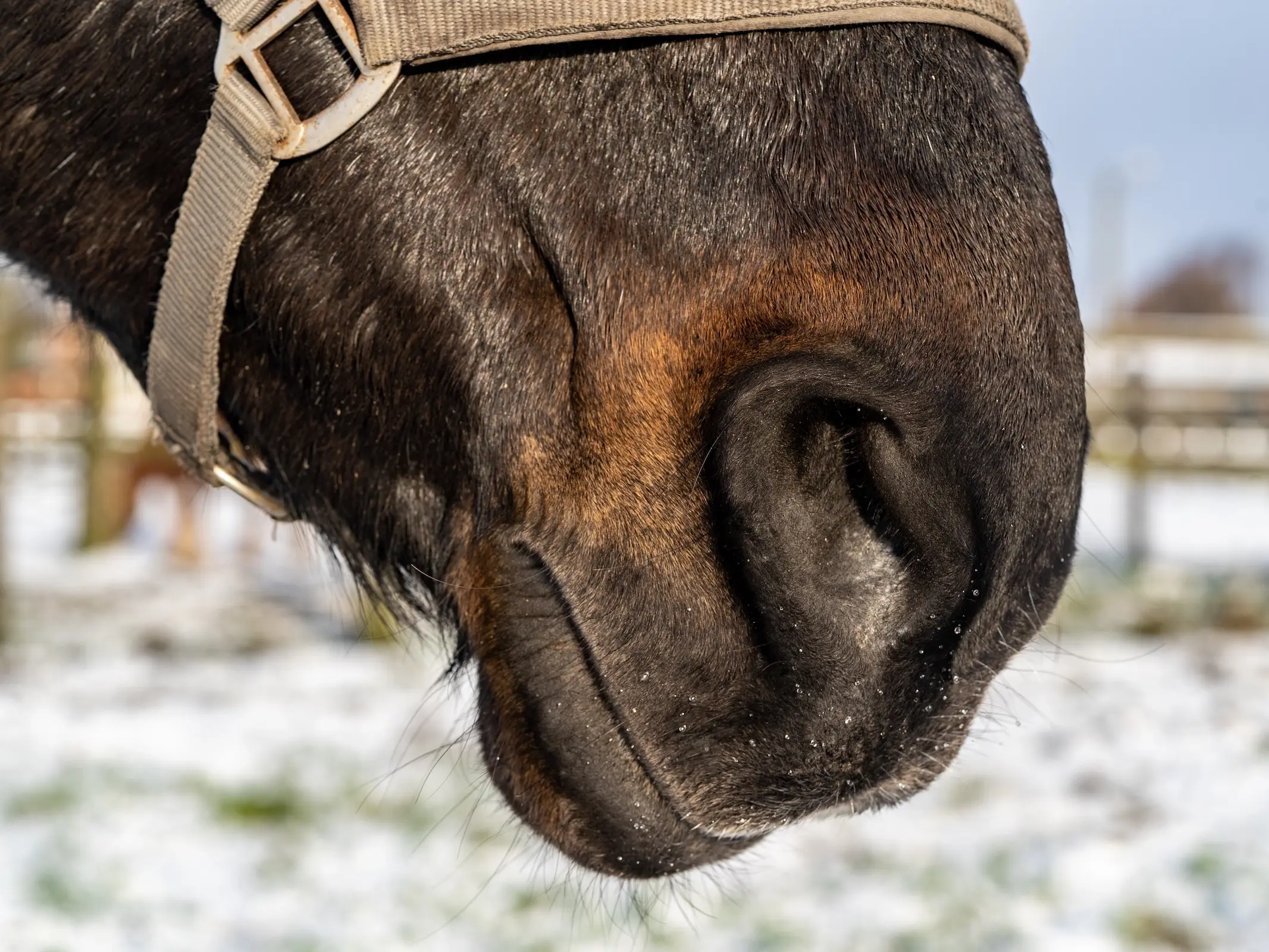
Seal brown nose
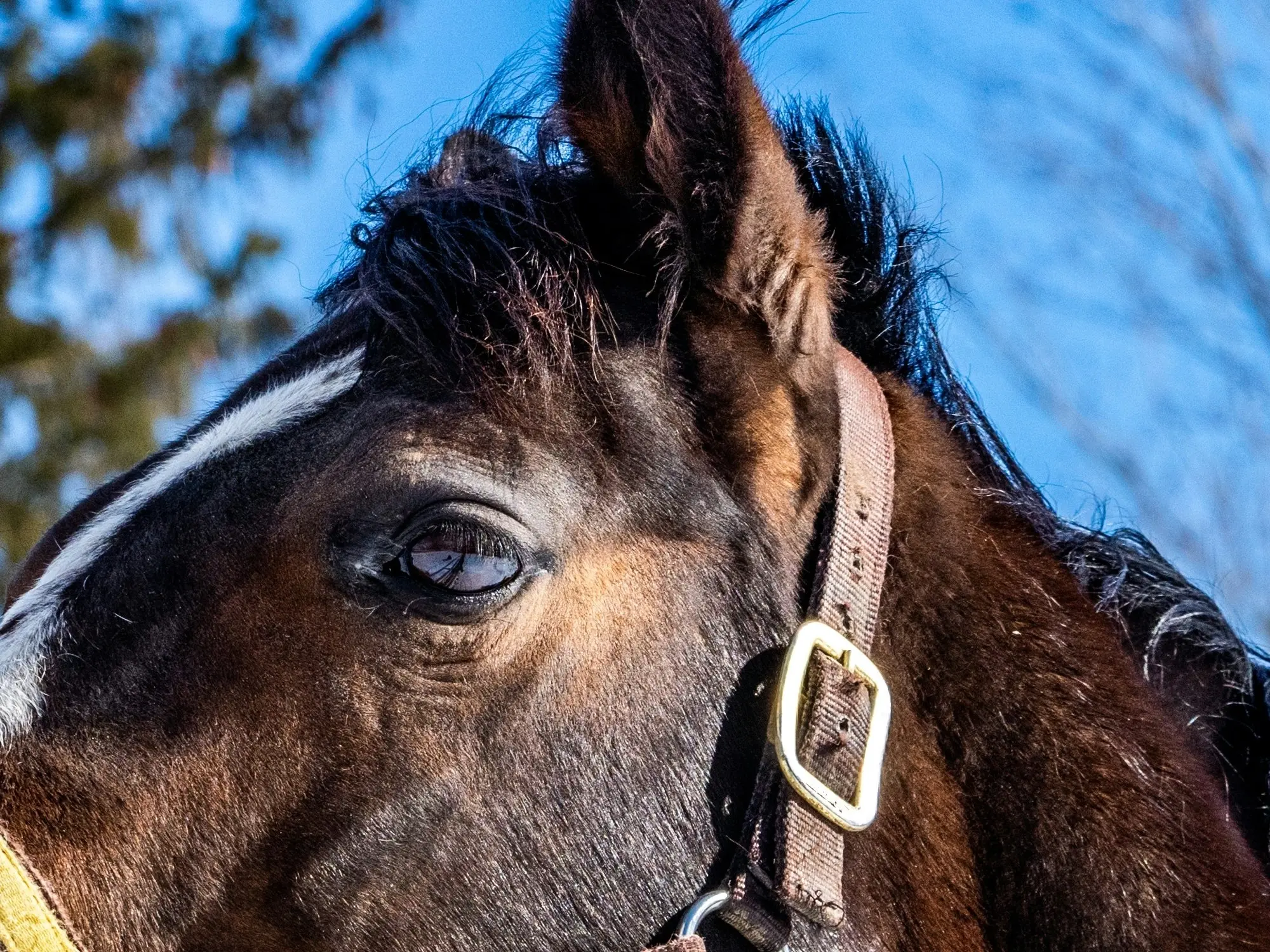
Seal brown eyes
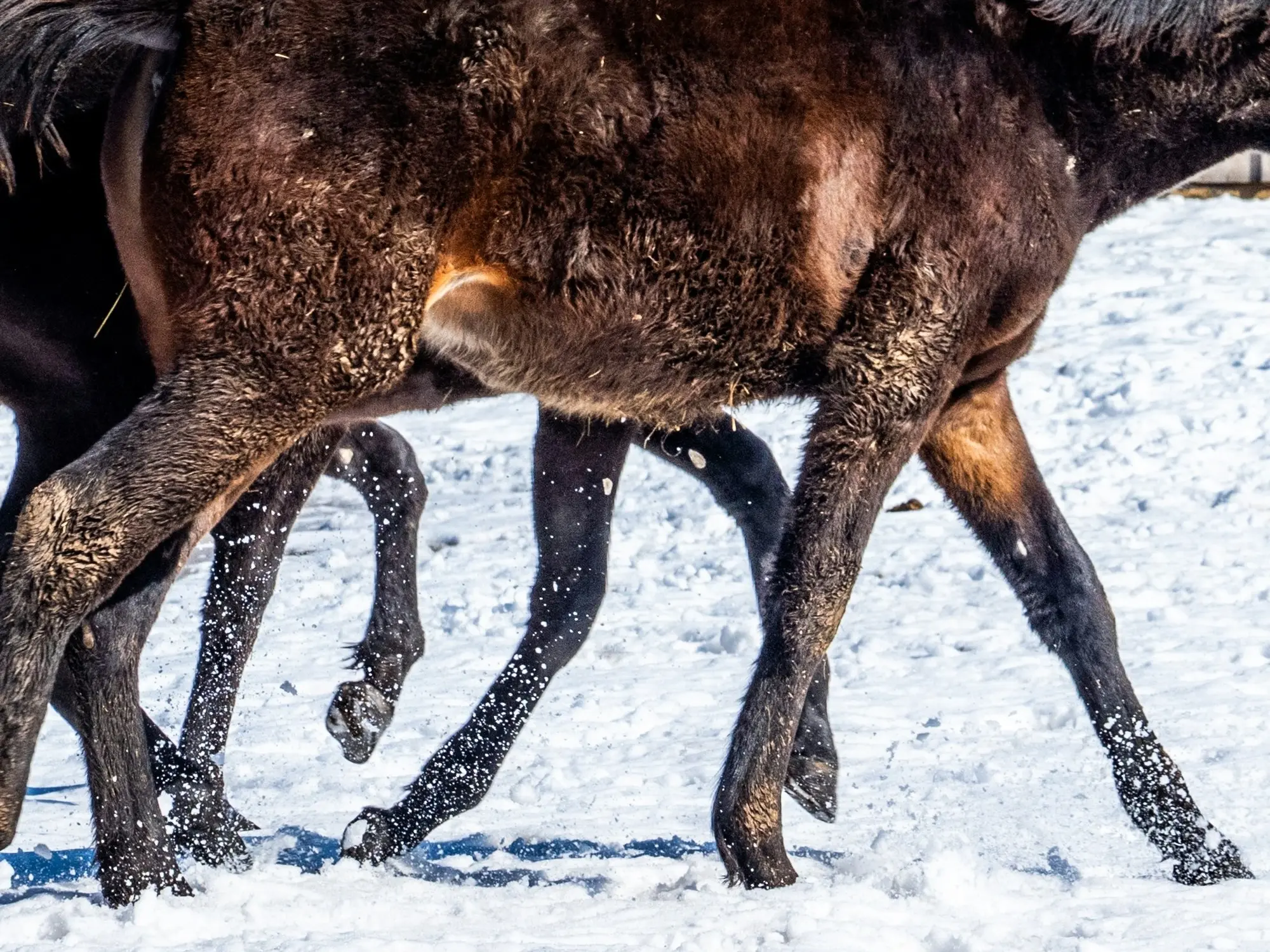
Seal brown flank and elbow
Brown Shades
Although there aren’t official shades of seal brown, they do come in a range of colors, varying from almost black to almost standard bay. For our purposes we will separate them into two groups, calling them dark and light.
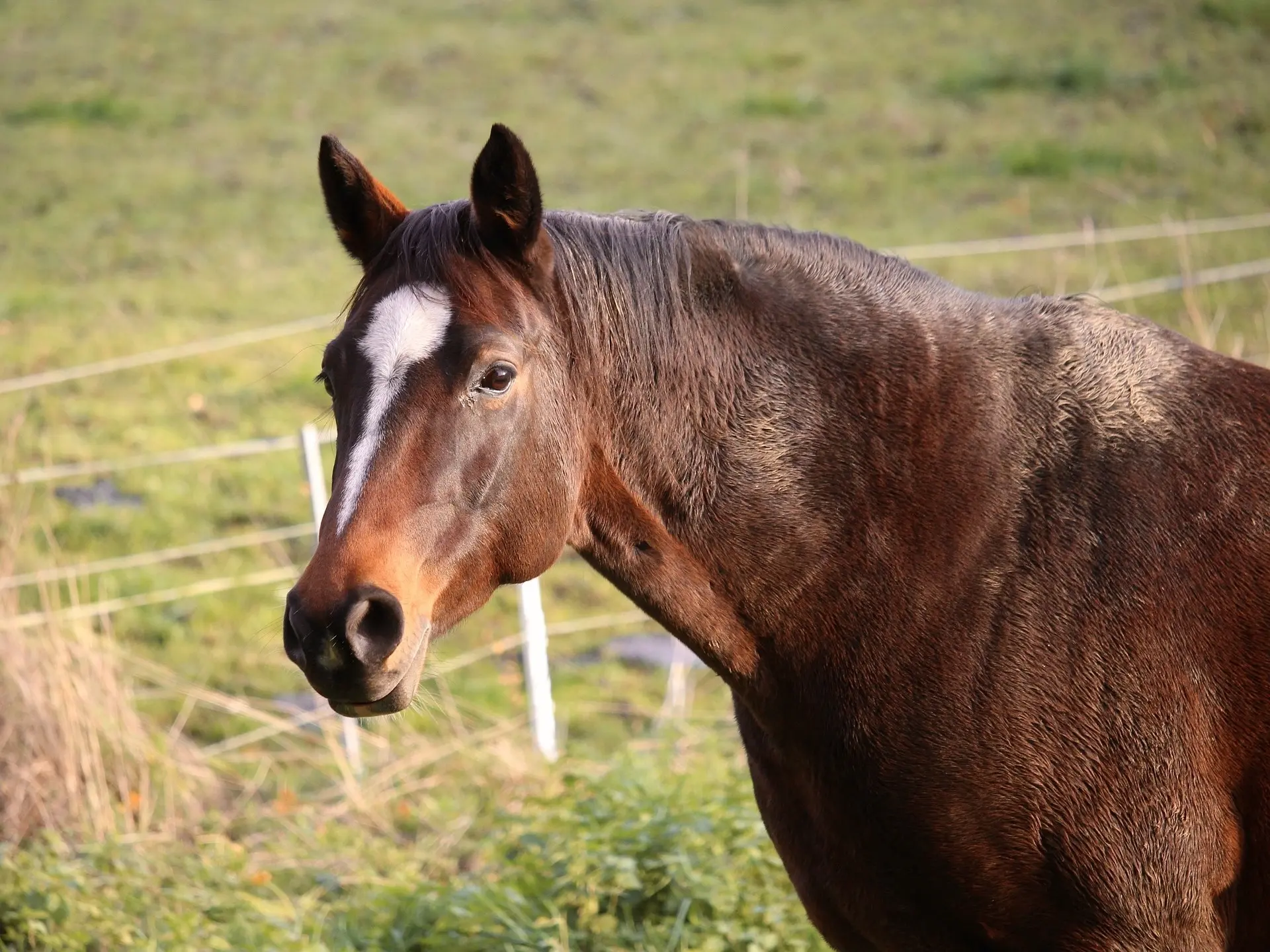 Light Seal
Light SealThe lighter seal coats tend to look more like a standard bay and because of their lighter coat may be more difficult to distinguish from one.
Modifiers on Seal Brown Coats
Brown coats can also be affected by a few of the other modifiers, including the sooty and mealy modifiers. Although it doesn’t change their coloring much, it can make the seal coloring more difficult to identify.
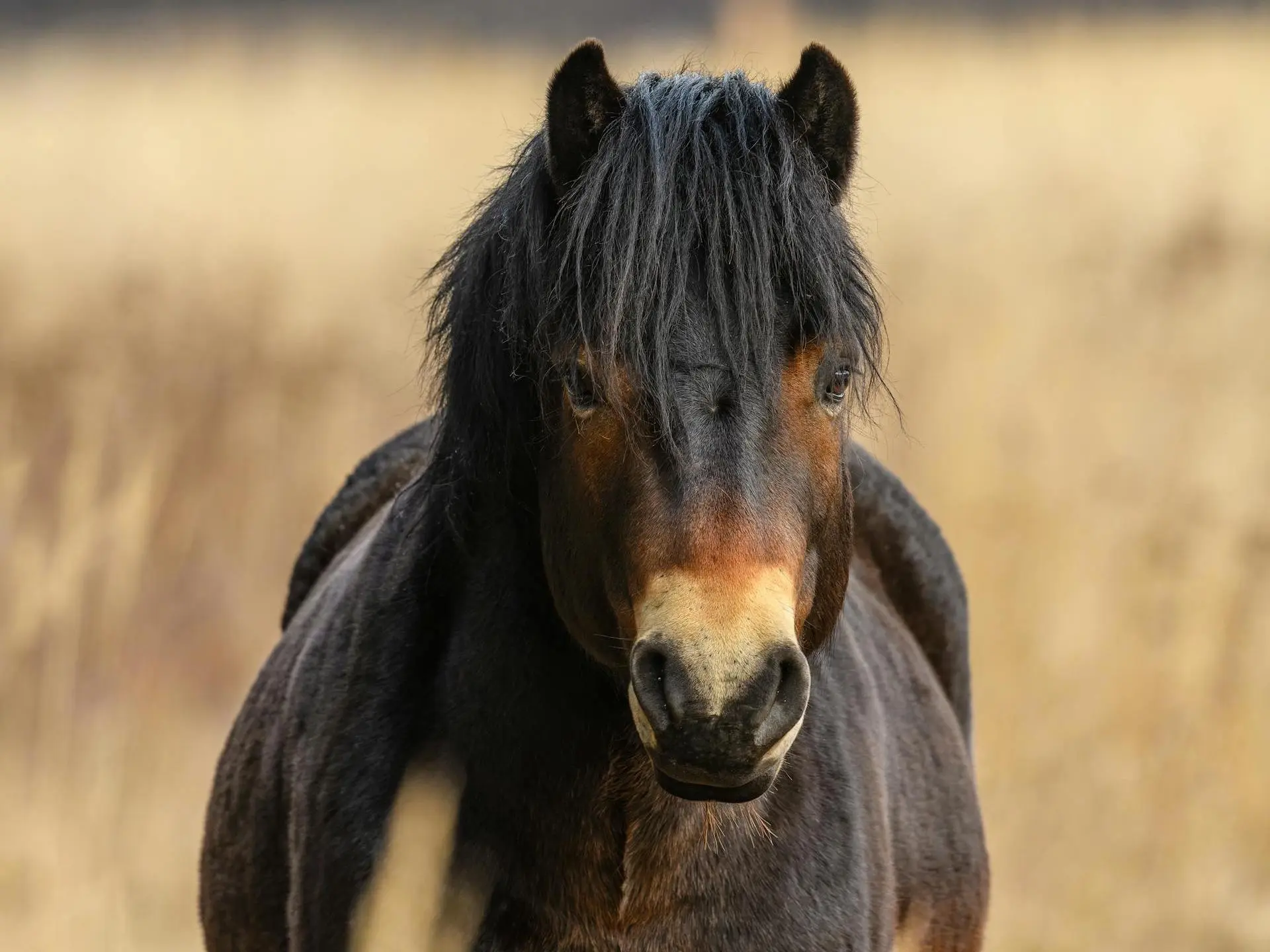 Pangare Modifier
Pangare ModifierThese two modifiers affect the base in similar ways, a seal mealy animal will display degrees of a red and light muzzle.
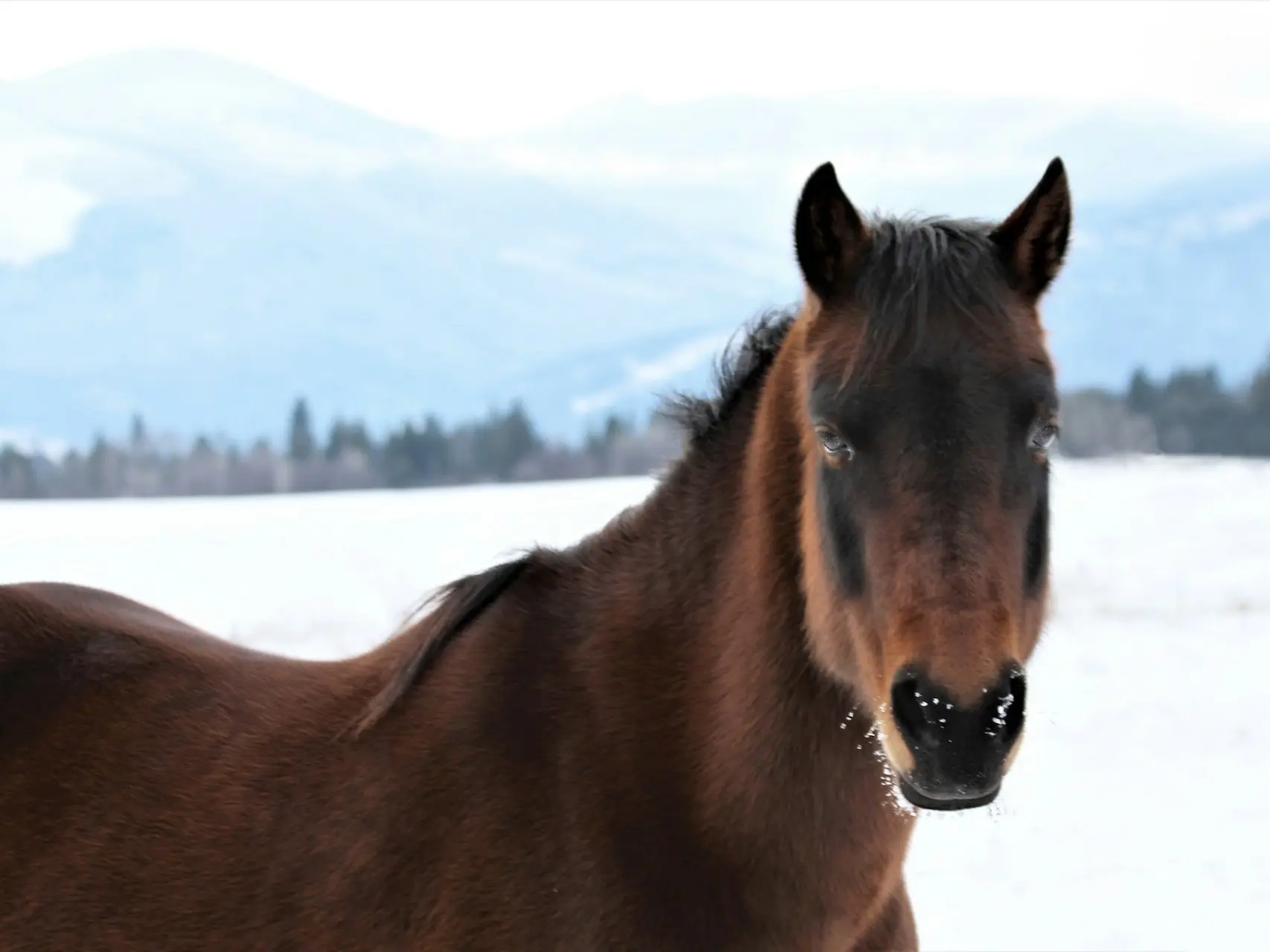 Sooty Modifier
Sooty ModifierThe sooty modifier causes black hairs to grow among the coat along points and topline. Usually hard to see on a seal animal.
Dilutions on a Seal Brown Coats
Brown animals can also be affected by the dun and silver dilutions genes.
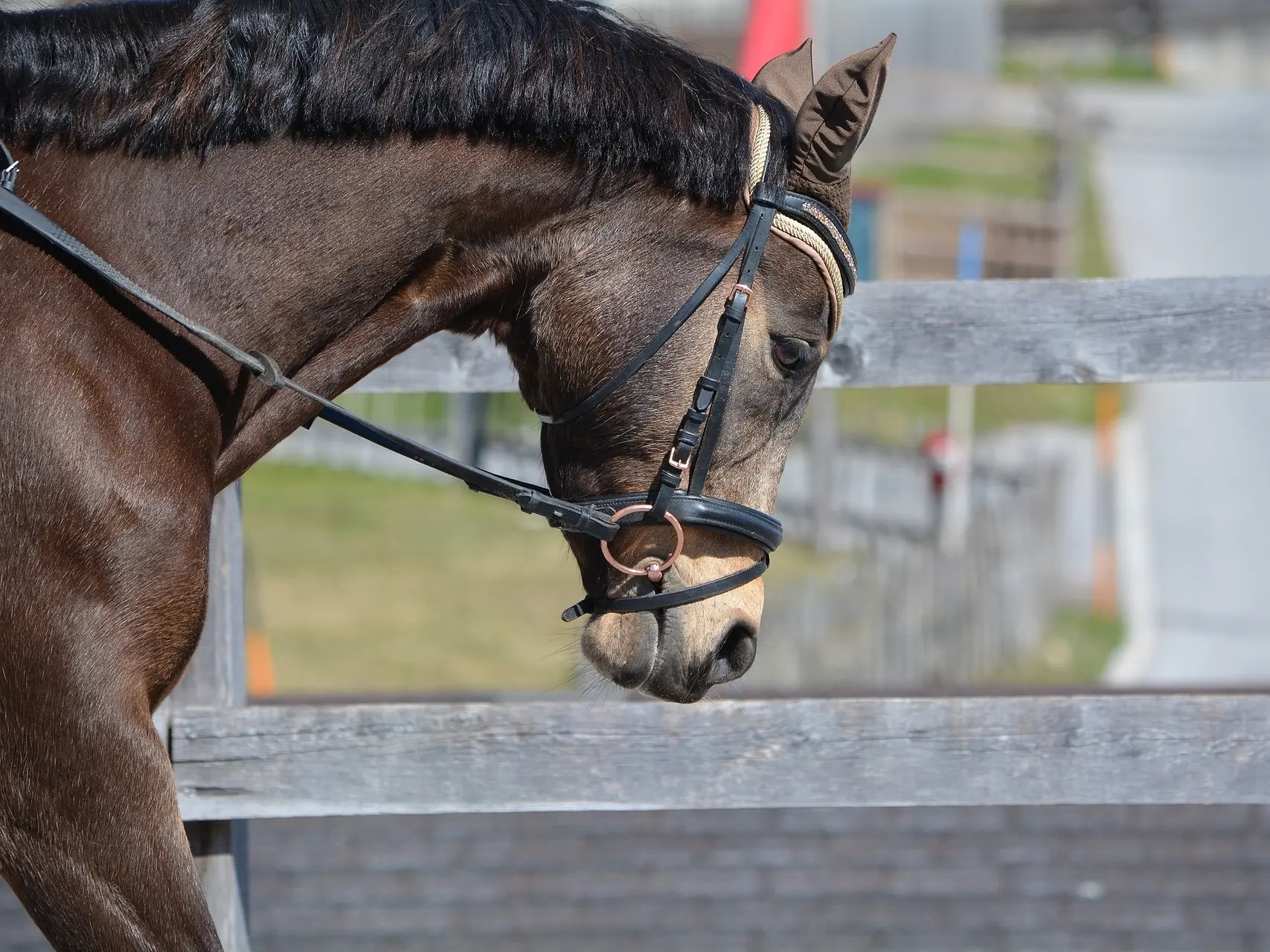 Single Cream Dilution
Single Cream DilutionThe cream dilution on a seal coat lightens their coat while leaving the points dark, often with dappling on their body.
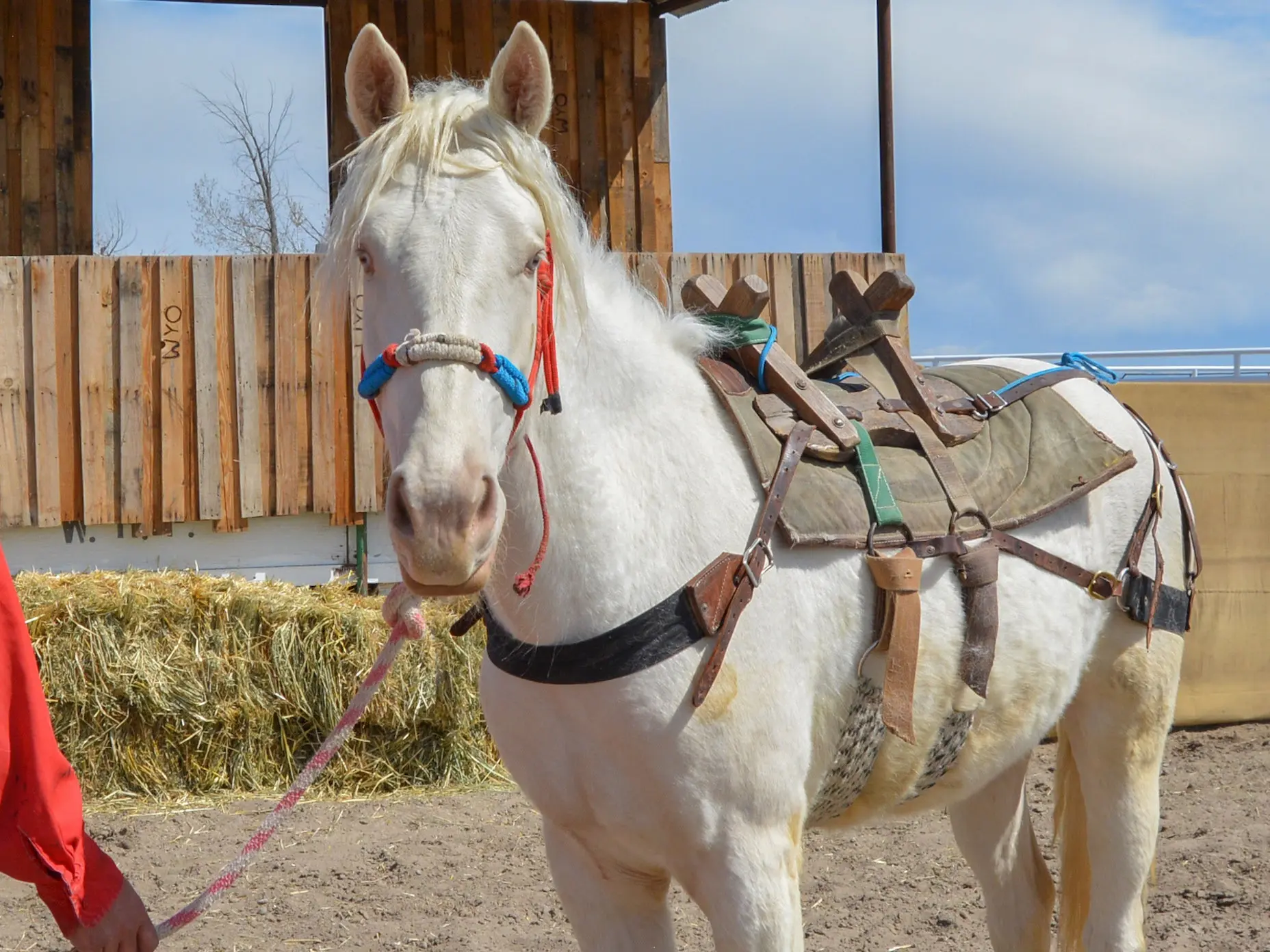 Double Cream Dilution
Double Cream DilutionA double dose of cream on brown lightens coat, mane and tail to varied shades of white, making red muzzle lighter.
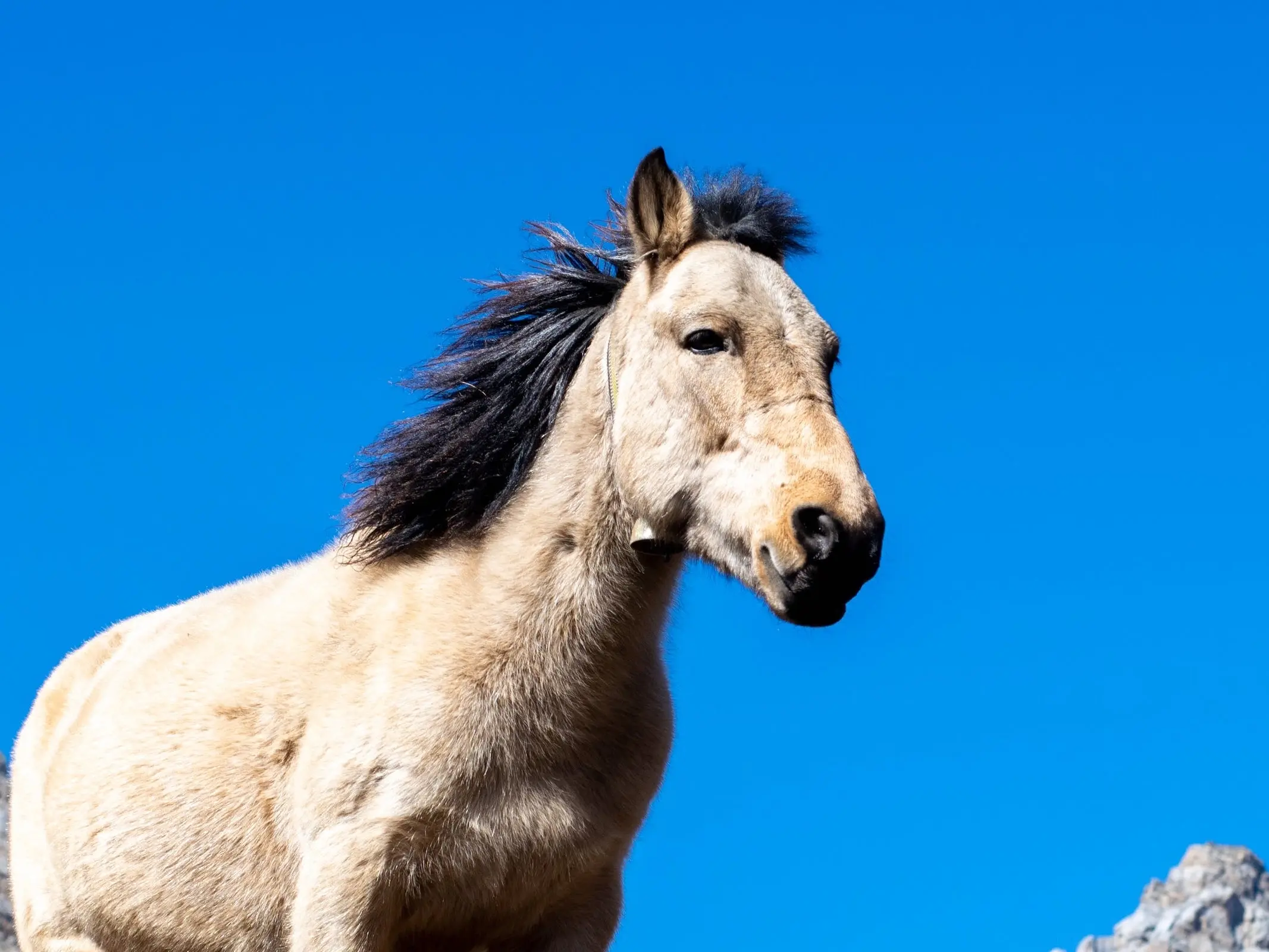 Dun Dilution
Dun DilutionSimilar to its affect on bays, dun causes lightening of the coat and their most distinguishing factor, a dorsal stripe.
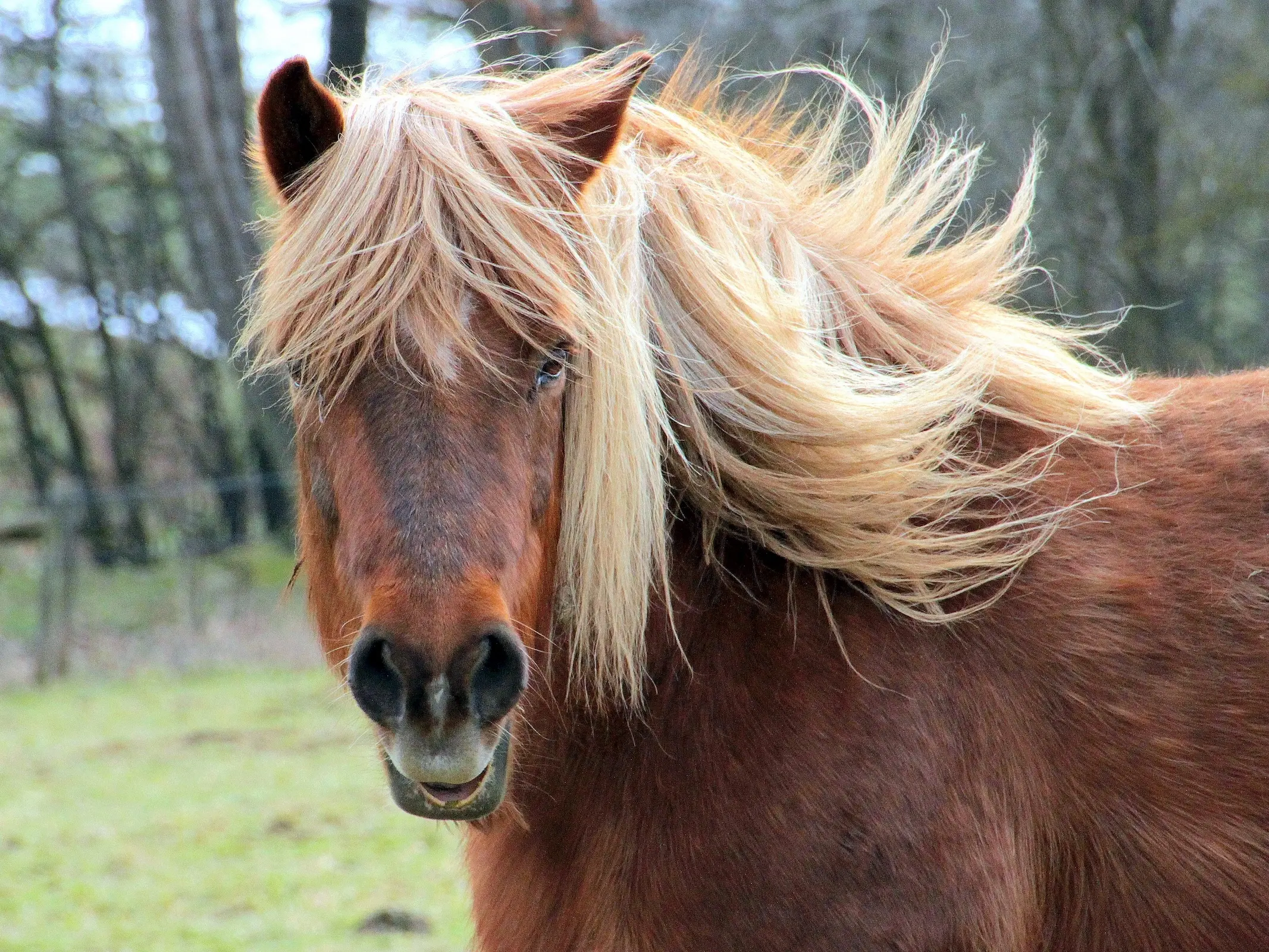 Silver Dilution
Silver DilutionAlso similar to it’s affect on a bay, silver may lighten body color and, bleaches mane and tail to a silvery color.
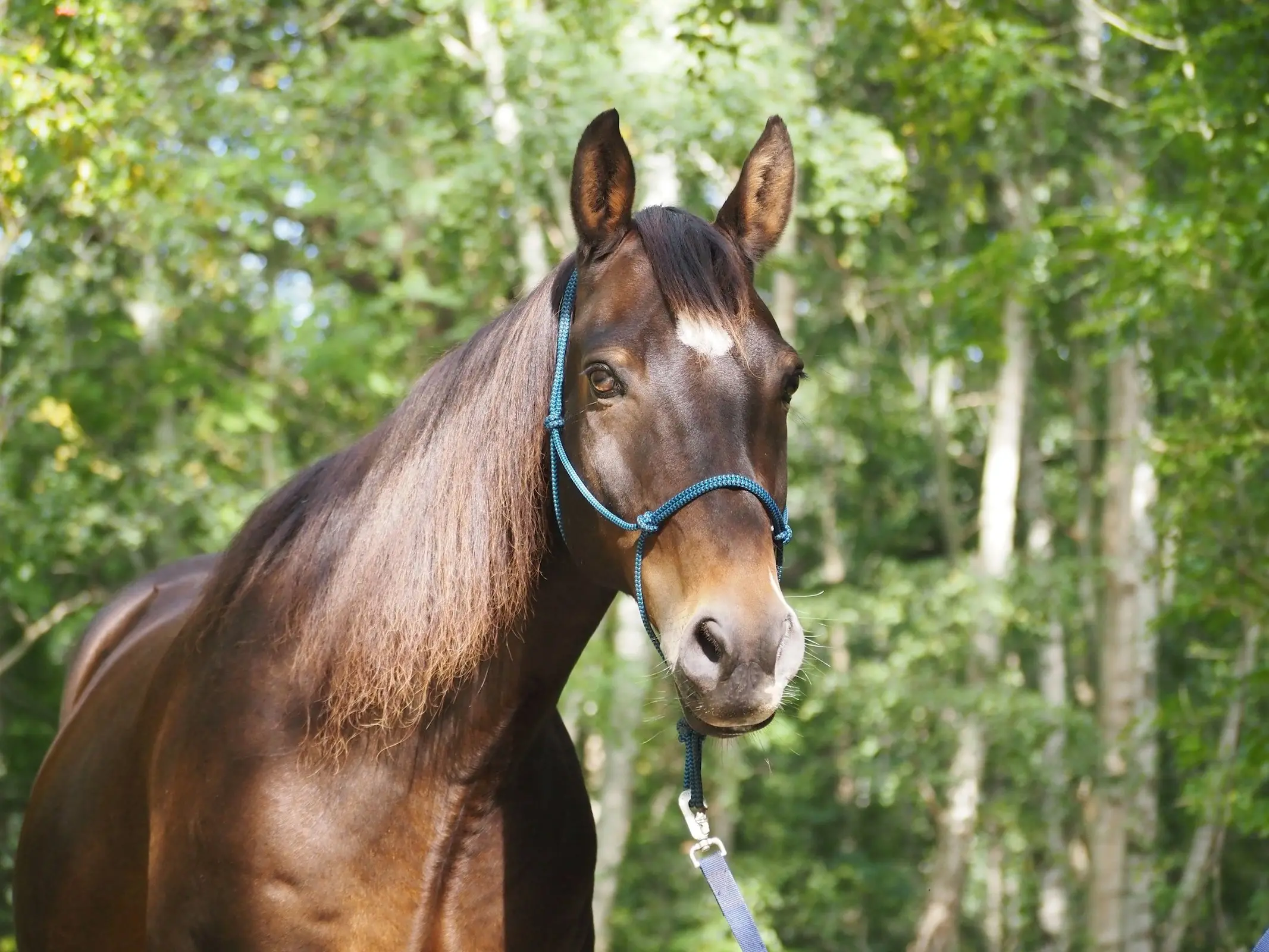 Champagne Dilution
Champagne DilutionOn a black base the champagne gene dilutes the body hair to a pale gold or brown and the mane and tail to various shades of dark brown.
White Patterns on Seal Bay Coats
Seal brown animals can be affected by all white patterns and their simple coloring actually creates lovely colorful spotted animals.
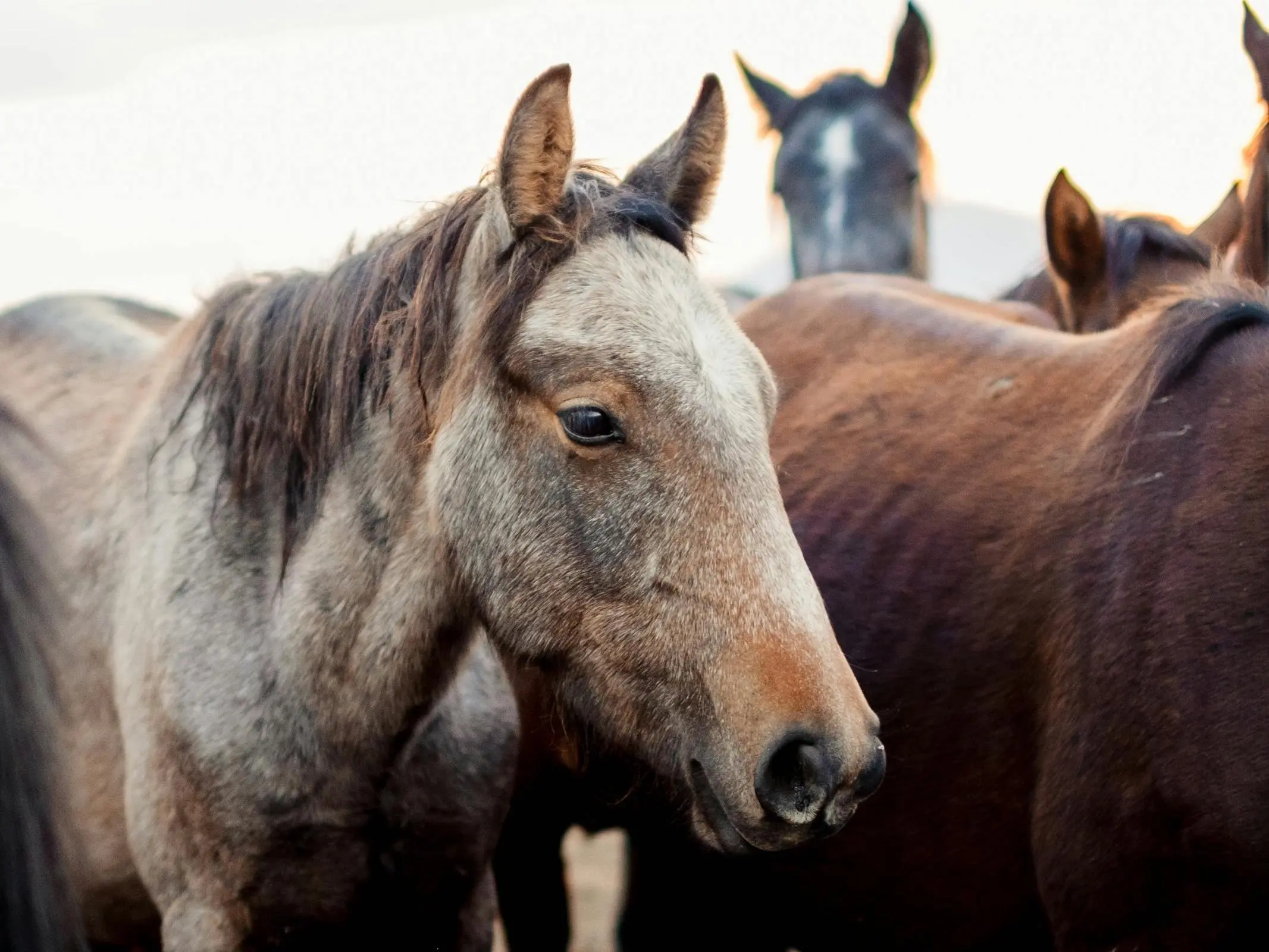 Grey White Pattern
Grey White PatternThe grey pattern affects all coat colors, animals are born brown and get lighter as they age until they are white.
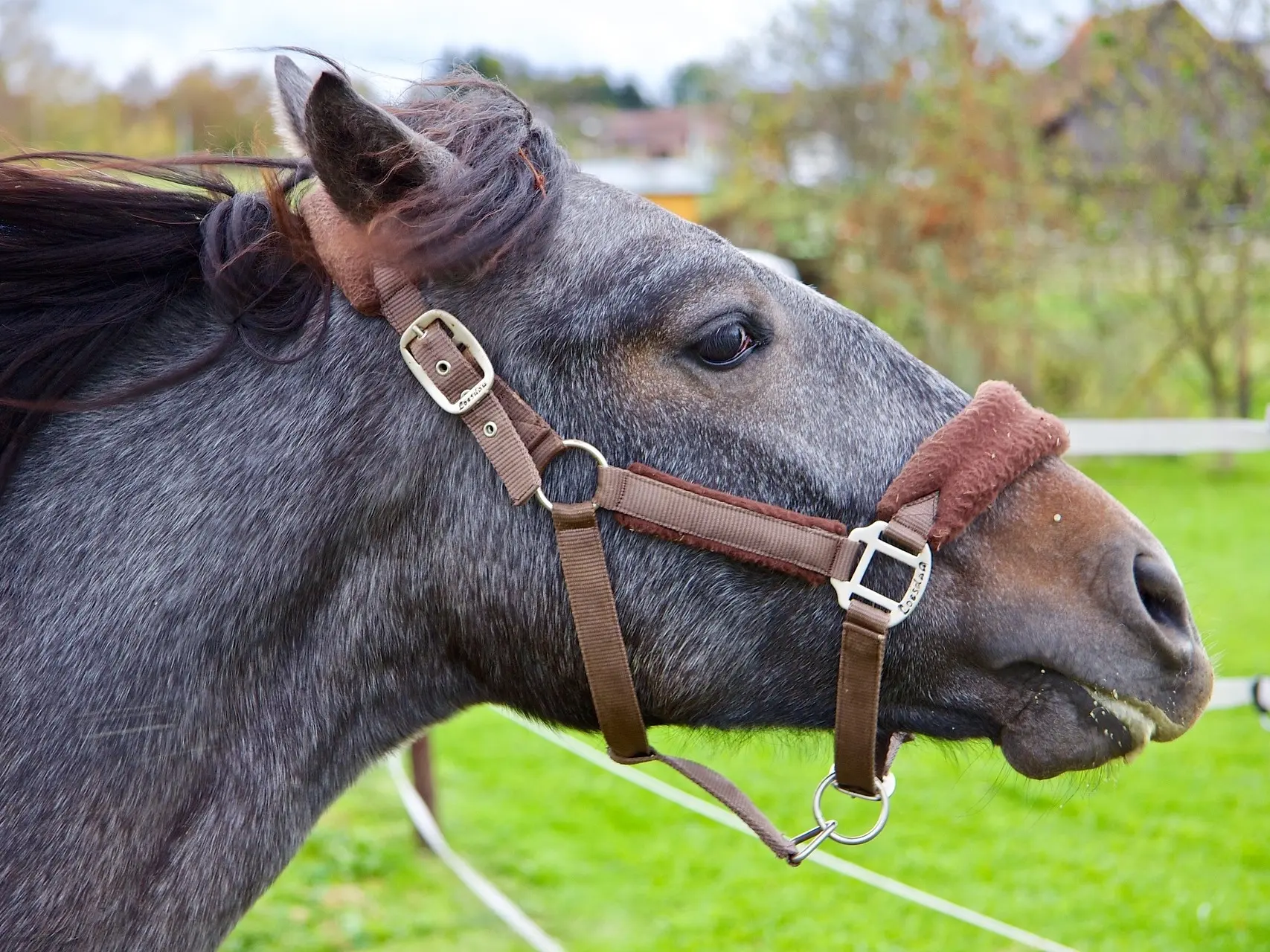 Appaloosa White Pattern
Appaloosa White PatternThe appaloosa white pattern creates beautifully contrasting patterns on a seal base, always with a reddish muzzle.
 Pinto White Pattern
Pinto White PatternSeal coats can be affected by all of the pinto patterns, looking similar to black but with lightened reddish soft spots.
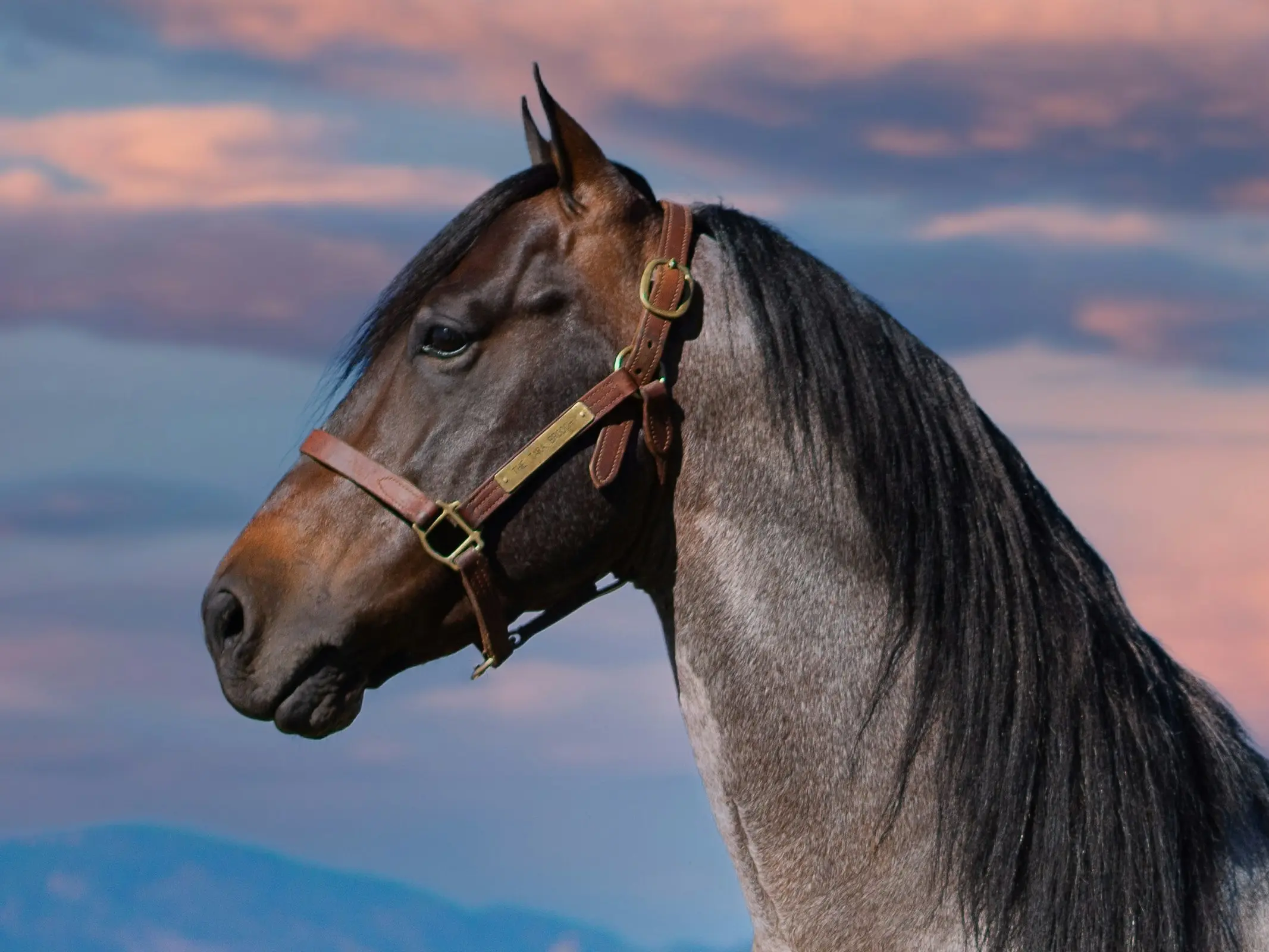 Roan White Pattern
Roan White PatternThe roan white pattern creates a variety of shades on a seal base and are easy to distinguish as their heads remain dark.
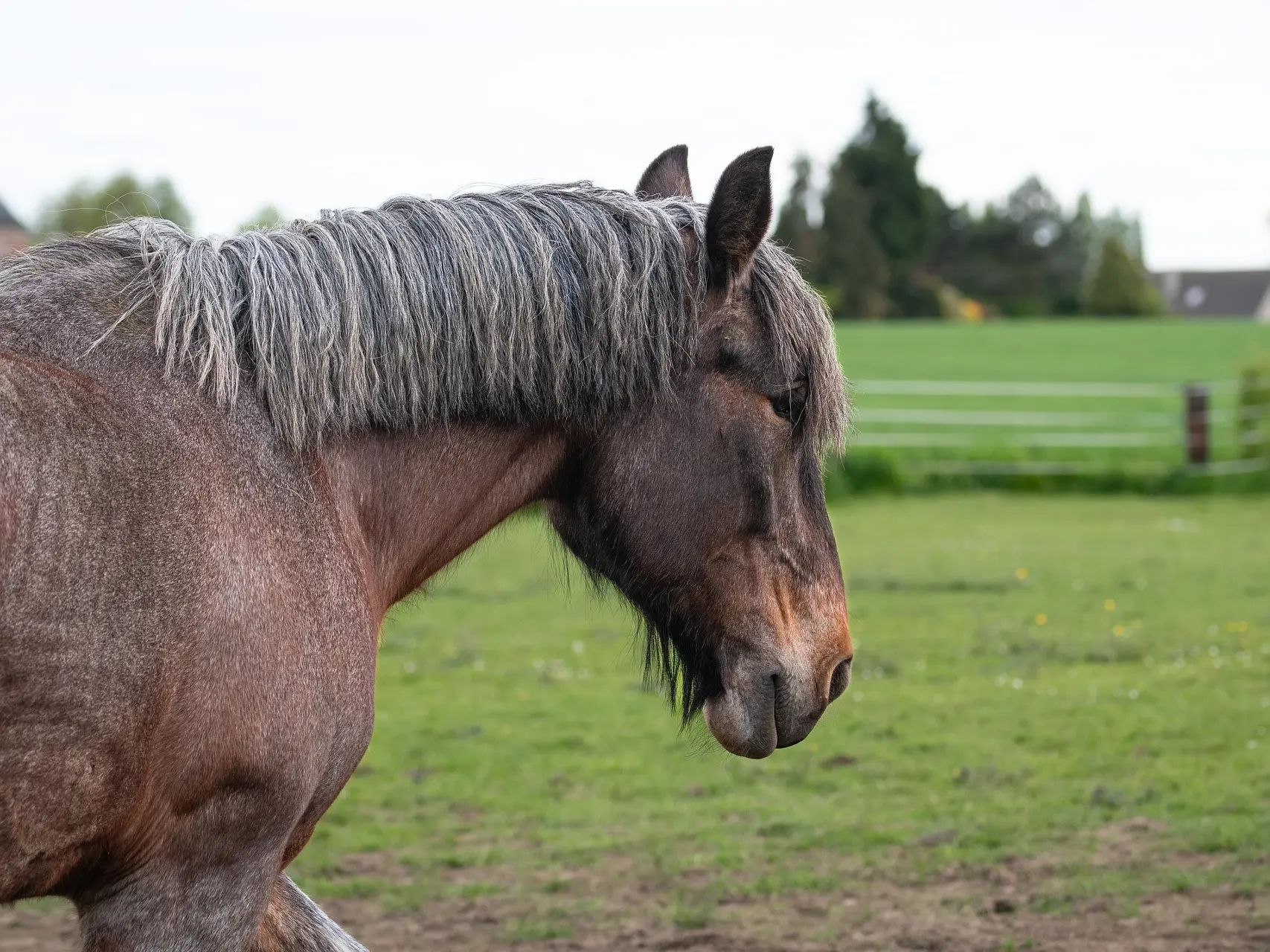 Rabicano White Pattern
Rabicano White PatternThe rabicano white pattern causes growth of white hairs in the coat that radiate up from the belly, not as colorful as a roan.
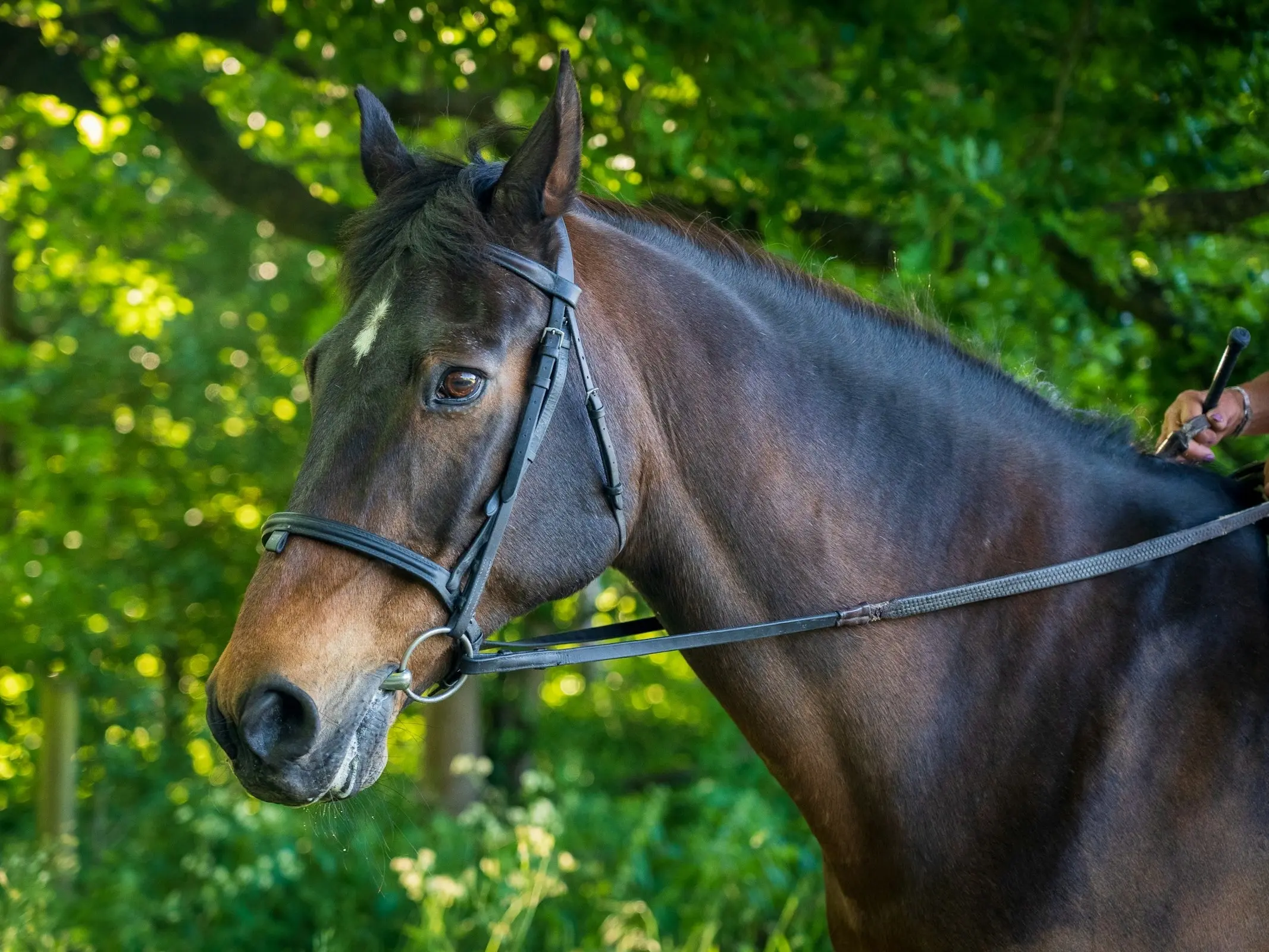 Dark Seal
Dark Seal